Developers behind the Kintore Hydrogen project have launched a series of public meetings as they seek to gain community backing for their “groundbreaking” project.
Statera Energy is planning to build a three gigawatt (GW) green hydrogen production facility, harnessing surplus electricity generated by Scotland’s offshore wind resources.
Kintore Hydrogen is one of the largest planned green hydrogen projects in Europe.
Once complete, it would account for 30% of the UK’s 2030 target of 10GW of low-carbon hydrogen production capacity.
Initial engineering studies for the project are under way and Statera is targeting a final investment decision (FID) in 2025.
Backed by the UK Government’s Net Zero Hydrogen Fund, Statera said the project would help decarbonise power generation facilities and industrial clusters in the region.
‘All the ingredients’ for green hydrogen
Speaking to Energy Voice, sister website to The Press and Journal, project director Don Harrold said Kintore was “probably one of the best sites for green hydrogen in Western Europe”.
He highlighted its close proximity to a major electrical substation and good access to abundant wind resource and renewable power, as well as non-potable fresh water.
“All the ingredients that you need for green hydrogen are here,” he added.
Mr Harrold said another advantage of Kintore was the high number of skilled and experienced energy professionals in the area.
The project is expected to support 200 operational jobs and, during construction, up to 3,500 roles in the local supply chain.
Kintore community concerns
The boost to local jobs is something Statera was keen to highlight during the project’s first public consultation at Kintore Bowling Club.
Mr Harrold said members of the local community had a mixture of concerns and questions surrounding the project.
“The majority at the moment are trying to understand the scale of the project and what does it look like in terms of the countryside next door,” he added.
Safety and the potential for disruption during construction are other concerns commonly raised, he said.
And he revealed the Hindenburg airship disaster of 1937 had left a lasting impression.
“People know hydrogen is a flammable gas,” he said, adding: “That’s definitely out there as an anxiety, if you like, to be addressed.”
Statera does not plan to store any hydrogen at the site, with the project’s main aim only to produce the gas for blending into the UK energy network.
“We want a simple plant that will be robust, safe and operate effectively for decades,” Mr Harrold said.
The government announced a decision last year to support blending of up to 20% hydrogen by volume into the UK gas network.
Network operator National Gas Transmission has said it will be ready to blend some hydrogen into the grid by the end of 2024.
Hydrogen blending
However the policy has proven controversial, with a recent report from the National Infrastructure Commission saying there is “no public policy case” for hydrogen to be used for home heating.
There are also concerns about the potential for leaks when using hydrogen athome.
The Kintore Hydrogen project is expected to create about £1 billion in added value to the UK economy with a “significant portion” of that staying the north-east.
While Statera has seen some recent tightening in the supply chain surrounding electrolyser supply and other equipment, the project is currently moving ahead as planned.
First phase start-up slated for 2028
If it receives planning consent and FID, a first 500-megawatt phase is expected to be operational by the end of 2028.
A second 2.5GW phase would follow, forecast to reach completion in the early 2030s.
More than 100 people turned up to the Kintore meeting within the first two hours.
Many were retired engineers from the oil and gas sector, curious to learn more about the technical aspects of the project and its feasibility.
Landscape impact
Others raised environmental concerns.
Bob and Evelyn Skinner, who live close to the route of one of the planned pipelines, said they were worried about the impact on the local countryside.
Mrs Skinner said they would prefer the project to be built somewhere like Peterhead, where there are already major industrial facilities.
She was also concerned about the impact on property prices at Leylodge, on the outskirts of Kintore, where the facility would be located.
“There’s no way we’d buy a house at Leylodge,” she added.
And she wasn’t swayed by the prospect of jobs from the project, saying she would prefer to see it not go ahead.
Meanwhile, Kintore resident Peter Singer, who grew up in the area, said he was concerned about the “huge quantities” of water likely to be sourced from the River Don.
He was also concerned about safety, adding: “They’ll claim they have every avenue covered but it can be dangerous.”
Kintore Hydrogen planning
Other attendees were broadly supportive of the plans and told Energy Voice they had no concerns.
Statera plans to hold another public consultation on June 19, with the company aiming to submit the project for planning approval in September.
David Rodger, business development director, Statera, said the development would “really put Aberdeenshire at the heart of the energy transition and the road to net-zero”.
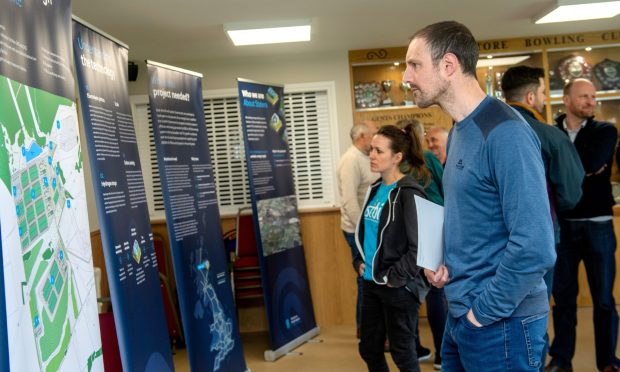
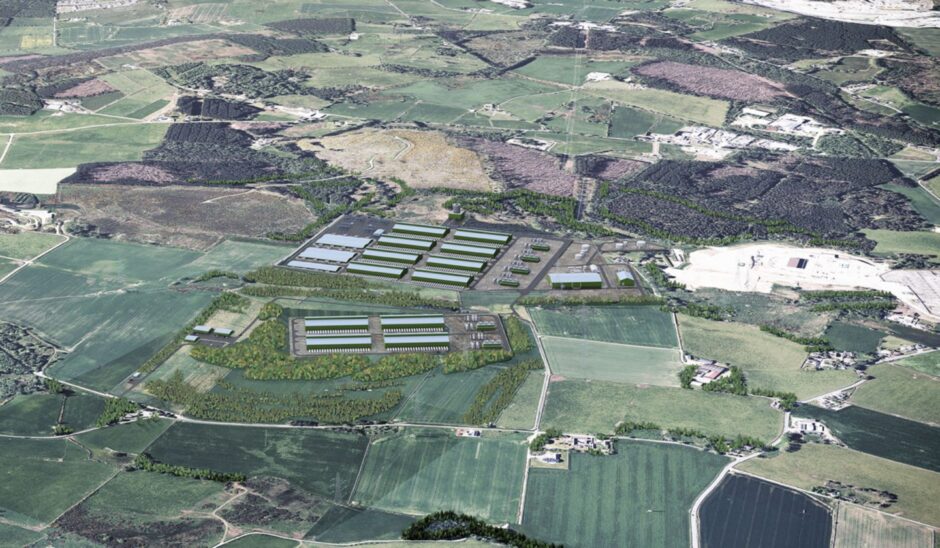
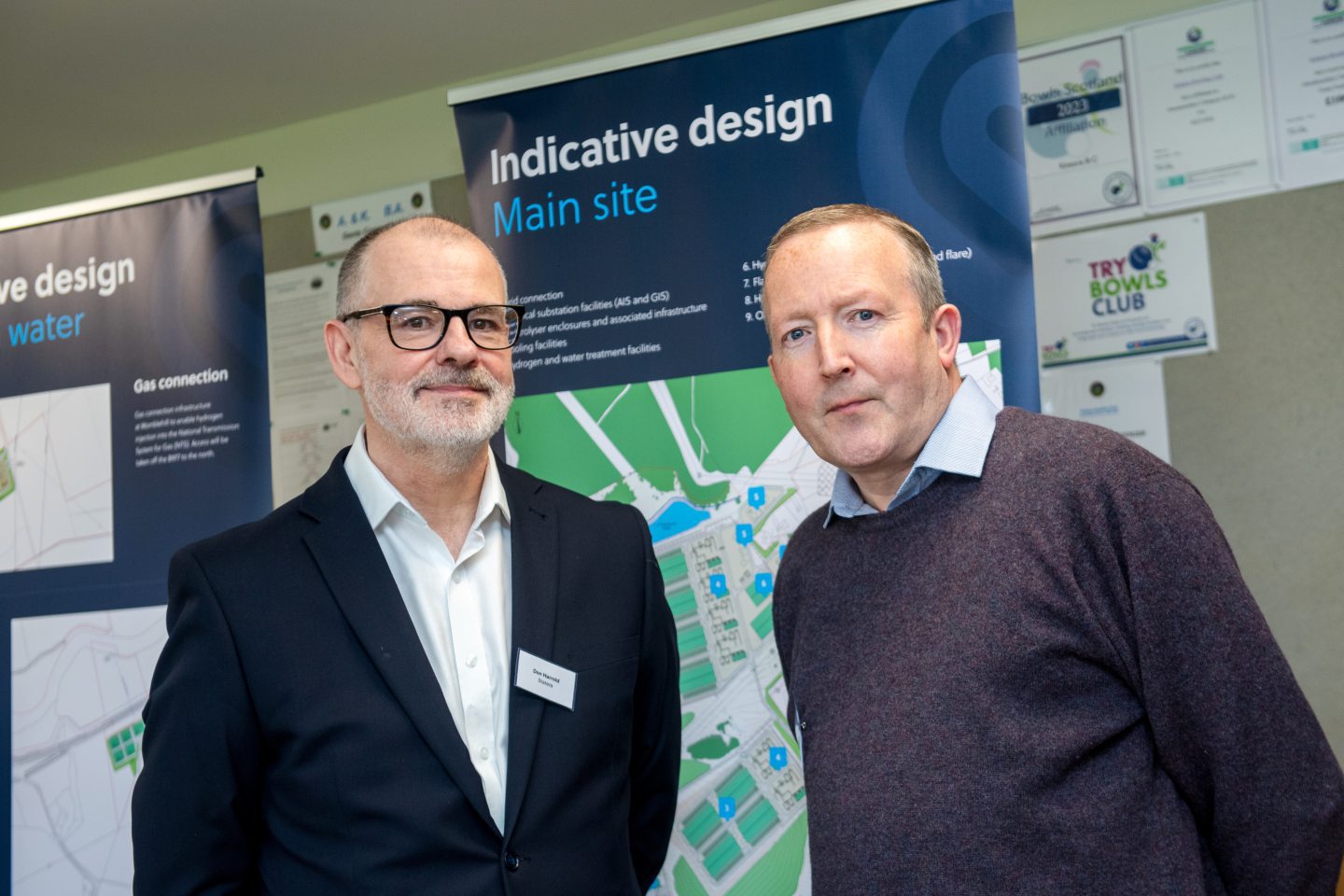

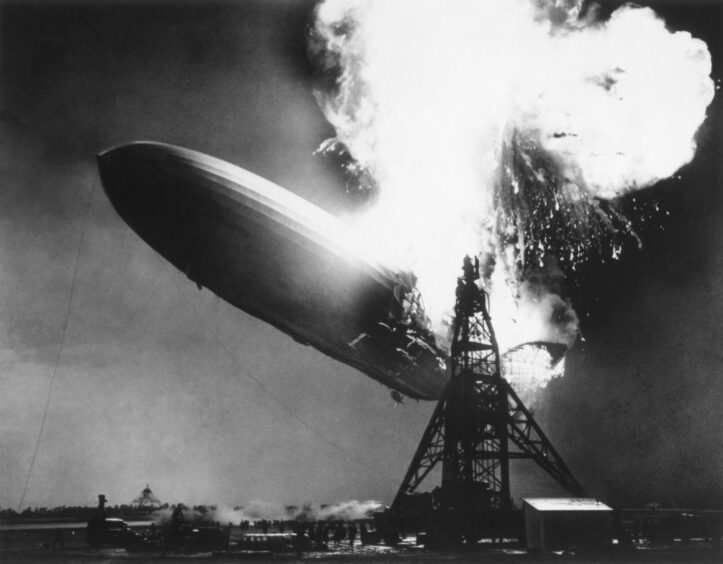
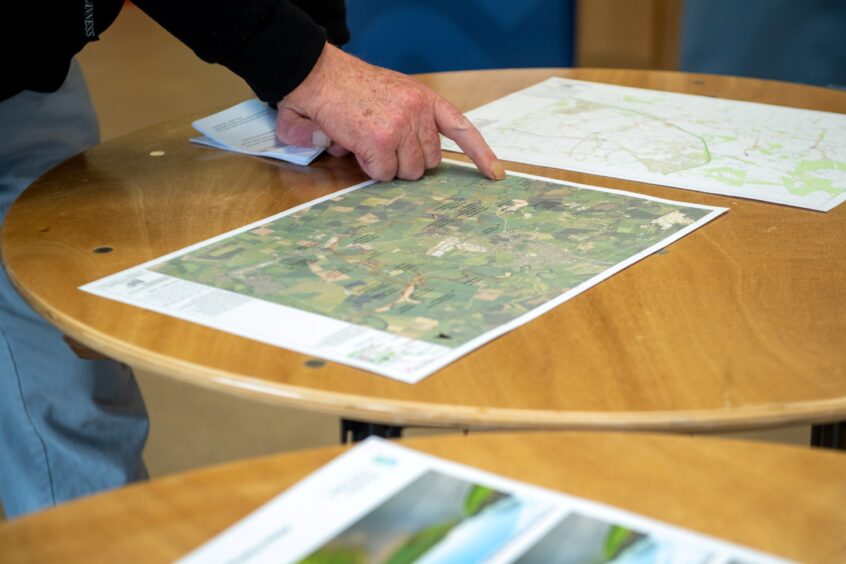
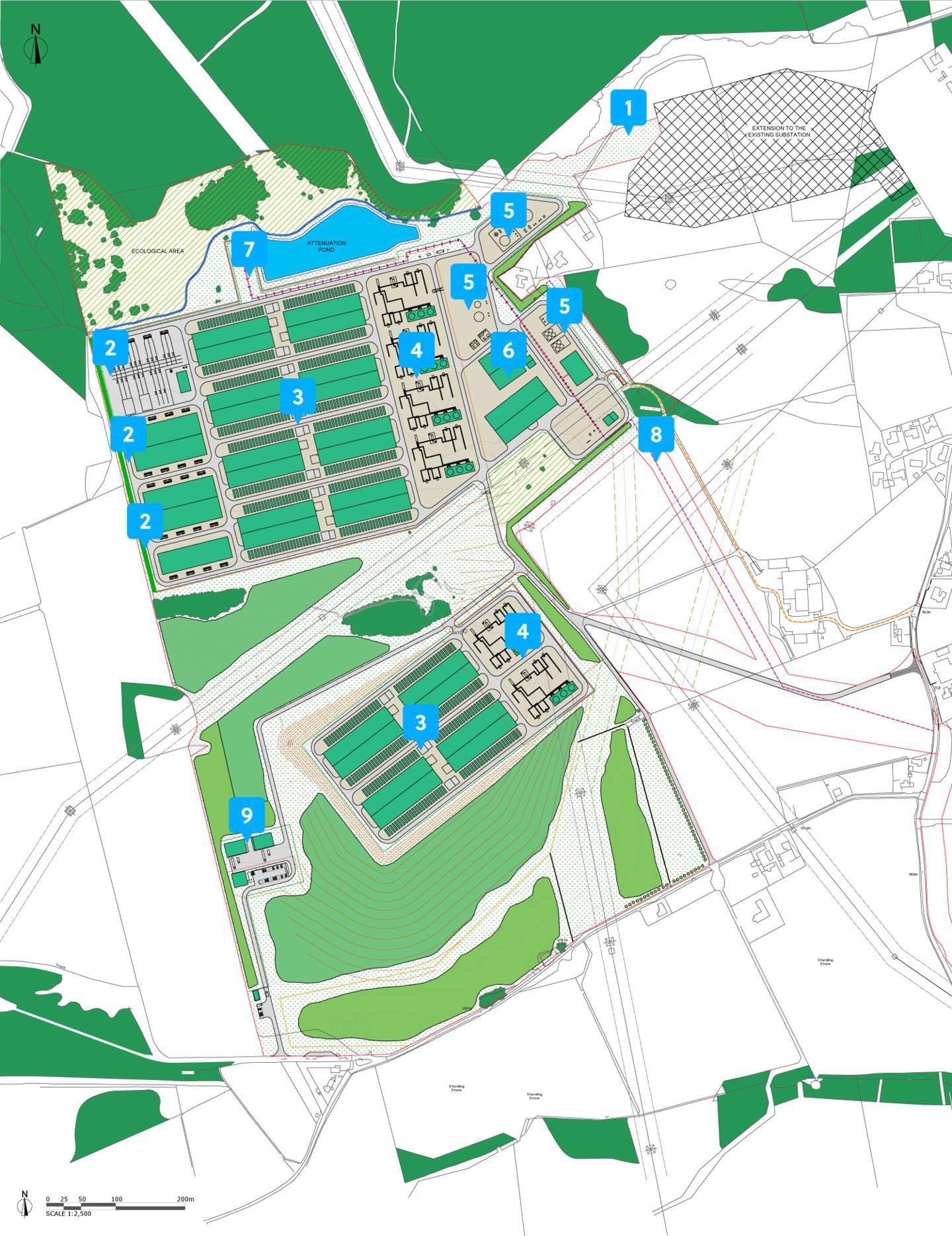
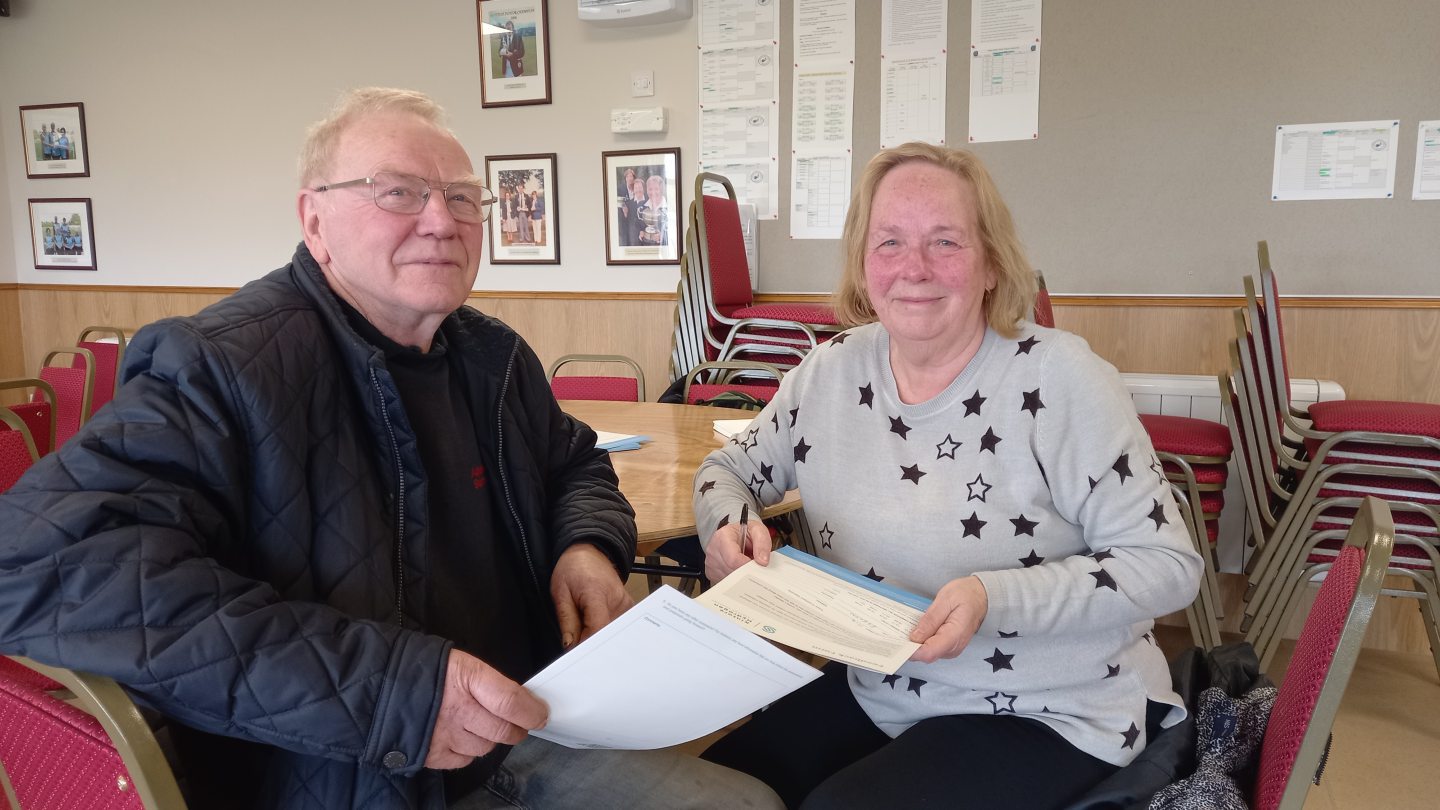
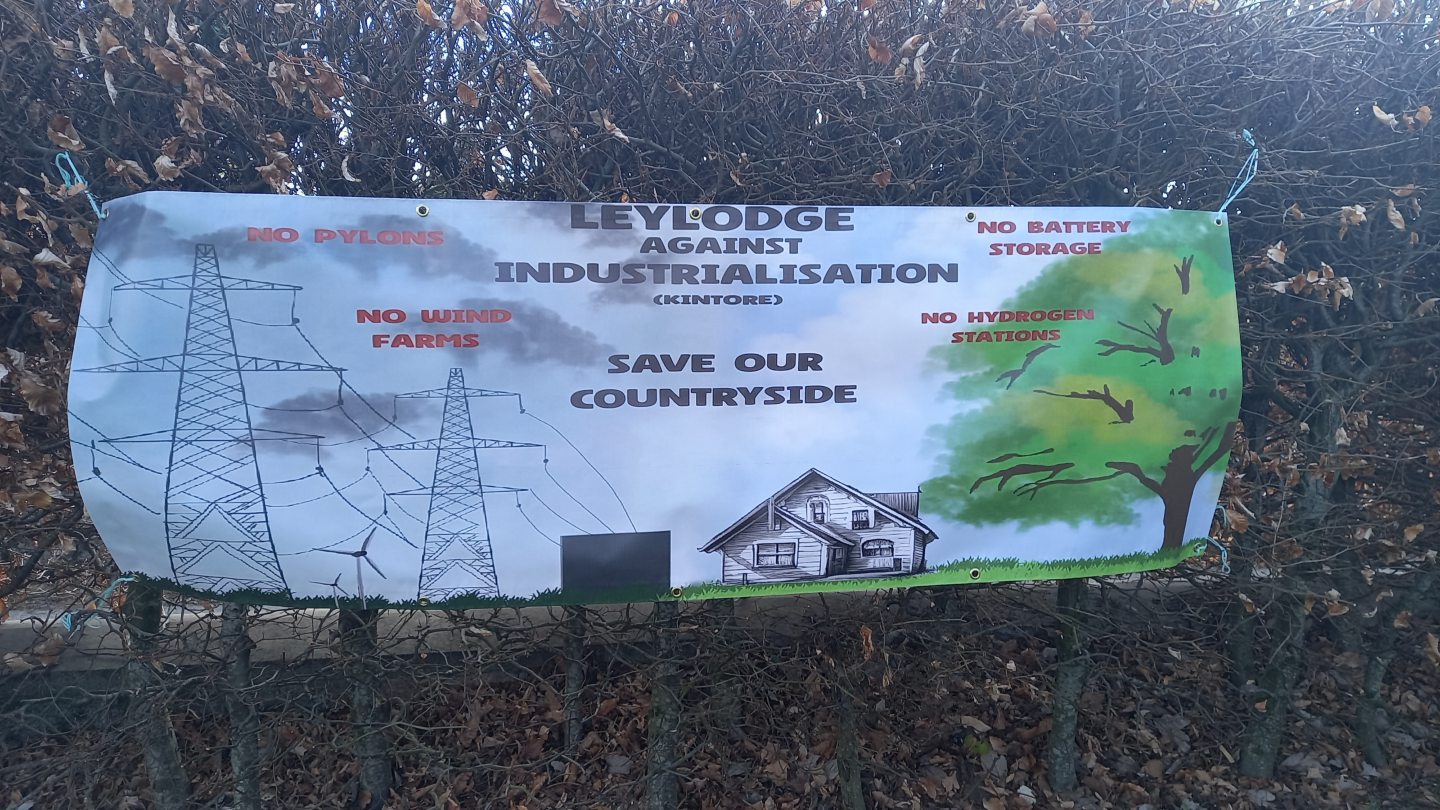
Conversation